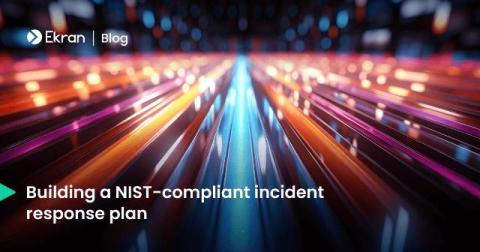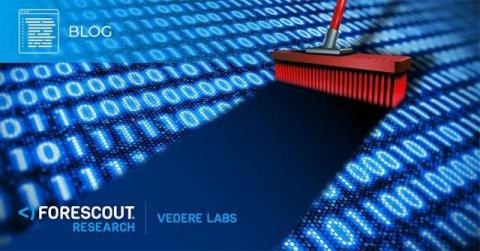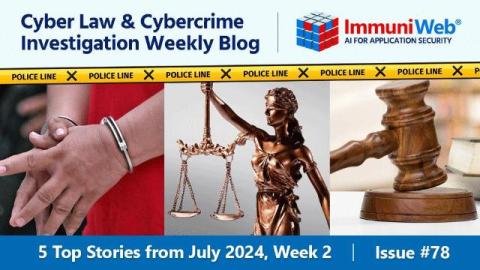How State and Local Governments Can Stay Safe From Cyber Attacks
Cyber threats are increasing and, unfortunately, local and state government entities have become top targets. In 2023, the FBI reported that government entities were the third most-targeted sector by ransomware, and Arctic Wolf’s own research saw the average ransom for government organizations top $1 million USD. And that’s just one kind of cyber attack.











